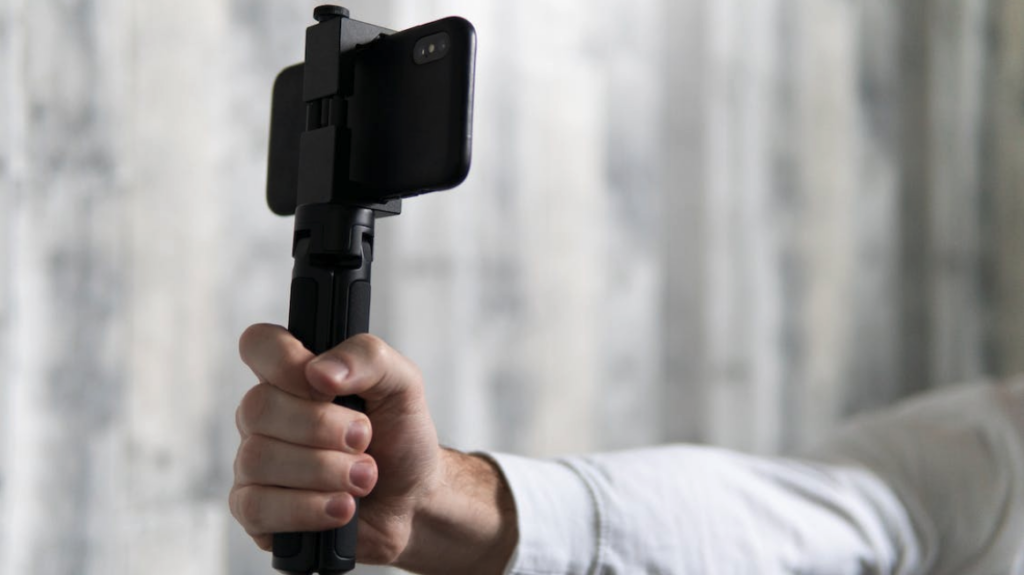If you’ve been reading Your Mileage May Vary for any length of time, you may have noticed that I (Sharon) tend to post about more “quirky” aspects of travel and things that are travel-adjacent. In the past, some my posts have included topics such as:
- 20 ways to spot an American tourist from a mile away
- The passenger who fixes airline lounge’s pancake machines
- The 4 places in the world where public sex is legal
- The stereotypes of various countries (as explained by their residents)
- The map that shows where you’d be if you dug a hole straight through Earth
So when I was perusing the internets the other day and found a story about an airline passenger who asked for a selfie with the terrorist who was in the midst of hijacking the plane he was on, you KNOW I had to share the story, right?
Before you read any further, don’t start looking for this story in the local rag mag; it’s not new. In fact, it happened over 7 years ago. But I had never heard if it before, so it was new to me, even if it wasn’t necessarily “news.” Maybe it’s new to you, too.
Anyway, the event happened on March 29, 2016. EgyptAir flight #MS181 was flying from Alexandria to Cairo when a passenger, 59-year-old Seif Eldin Mustafa, said he was wearing a vest made of explosives. The Airbus A320 was carrying 81 passengers.
The flight was diverted to Larnaca airport, in Cyprus. The plane’s pilot, Amr al Gammal, said in a news conference, days after the event: “After I landed at Larnaca Airport I told the Cypriot authorities that I will begin to negotiate with the hijacker and I told the cabin crew to tell the hijacker that we want to release some of the passengers – women and children.
“I was surprised that he agreed to release all the Egyptian passengers on board the plane, which meant almost the majority of the passengers.”
Nearly all of the passengers were allowed to disembark. However four them, plus the flight crew, had to stay on board, as per Mustafa’s orders.
One of those passengers who forced to stay on the plane was Ben Innes, a 26-year-old health and safety auditor from Aberdeen, Scotland.
After sitting on the plane in Cyrus for about 30 minutes, Innes inexplicably decided the best thing to do was to ask the hijacker if he could get a selfie with the guy. Thanks to another passenger, Huub Helthuis, there’s even video of what Innes called “the selfie of a lifetime”:
Mustafa was sitting with some of the flight crew. Then another member of the flight crew walks over to talk to the hijacker, who looks into the passenger area of the plane.
After a brief chat, they wave Innes over. The hijacker stands up to pose for the photo with him, while a member of the flight crew takes the picture.
Ben Innes from #Aberdeen poses for a picture with #EgyptAir #MS181 hijacker. pic.twitter.com/ywdGYuDWwm
— Paul Smith (@Journo_Paul) March 29, 2016
Of course, the photo isn’t “officially” a selfie – you have to take a picture of yourSELF for it to be a selfie. But Innes was apparently happy with the shot, so he went back to his seat. Mustafa sat down, too.
So why would anyone being held hostage by a hijacker want to get a photo with him?
“I’m not sure why I did it, I just threw caution to the wind while trying to stay cheerful in the face of adversity. I figured if his bomb was real I’d nothing to lose anyway, so took a chance to get a closer look at it,” he told The Guardian after the crisis was over.
“I got one of the cabin crew to translate for me and asked him if I could do a selfie with him. He just shrugged OK, so I stood by him and smiled for the camera while a stewardess did the snap. It has to be the best selfie ever.”
Innes explained to Good Morning America that he wanted to find a way to interact with Mustafa to assess his intentions.
“I wanted him to understand I was human, that I wasn’t just a nameless, faceless victim. That I was a real living person,” said Innes.
Anyway, the hijacker surrendered to authorities after about five hours.
Why Mustafa hijacked the plane? His ex-wife apparently lived in Cyprus and he wanted to see her. He told police: “What are you supposed to do when you hasn’t seen your wife and children in 24 years and the Egyptian government won’t let you?”
Officials had said early on that the hijacking wasn’t an act of terrorism as much as that of a man who had some psychologically problems.
“From the start, it was clear that this wasn’t an act of terrorism, and despite the fact that the individual appeared to be dangerous in terms of his behavior, we understood that this was a psychologically unstable person,” Cyprus’ Foreign Minister Ioannis Kasoulides told reporters.
The explosive vest he was wearing turned out to be fake. The “bombs” were simply cell phone covers. Mustafa was later extradited back to Egypt. He was eventually found guilty of hijacking, illegal possession of explosives, kidnapping and threats to commit violence. He was sentenced to life in prison.
Innes heard from a lot of people that he shouldn’t have taken the chance he did with asking for the photo. In fact, even his own mother called his behavior “stupid.”
Innes said he wouldn’t change how he handled the on-flight ordeal.
“I have no regrets whatsoever about my actions on that plane,” he said.
Want to comment on this post? Great! Read this first to help ensure it gets approved.
Want to sponsor a post, write something for Your Mileage May Vary, or put ads on our site? Click here for more info.
Like this post? Please share it! We have plenty more just like it and would love it if you decided to hang around and sign up to get emailed notifications of when we post.
Whether you’ve read our articles before or this is the first time you’re stopping by, we’re really glad you’re here and hope you come back to visit again!
This post first appeared on Your Mileage May Vary
Join our mailing list to receive the latest news and updates from our team.

